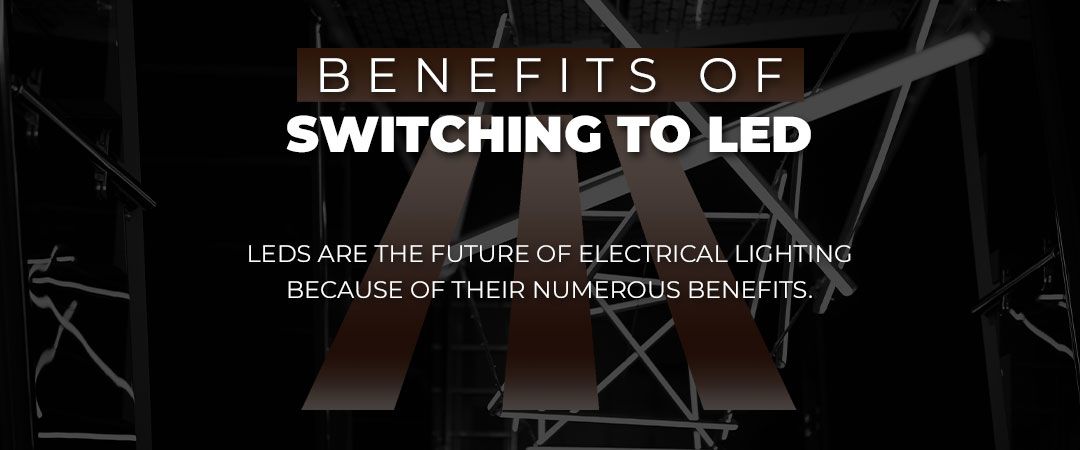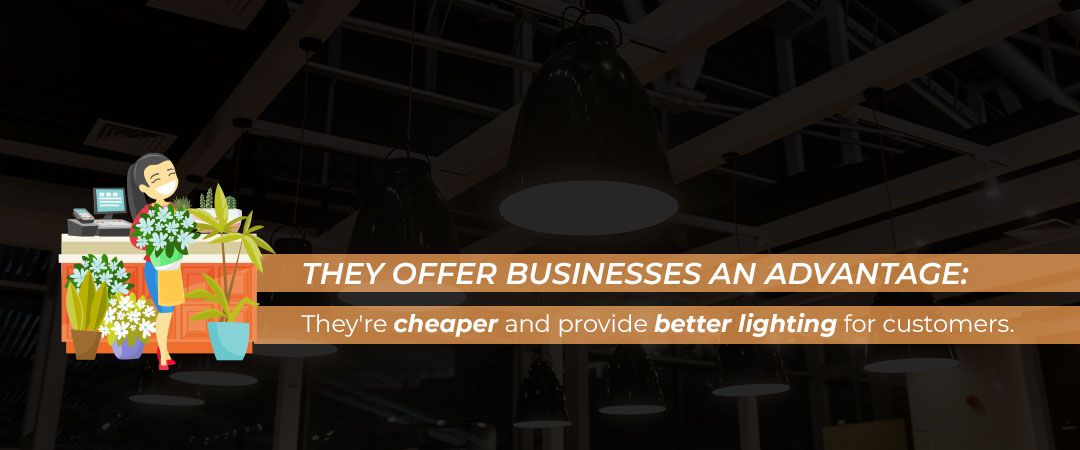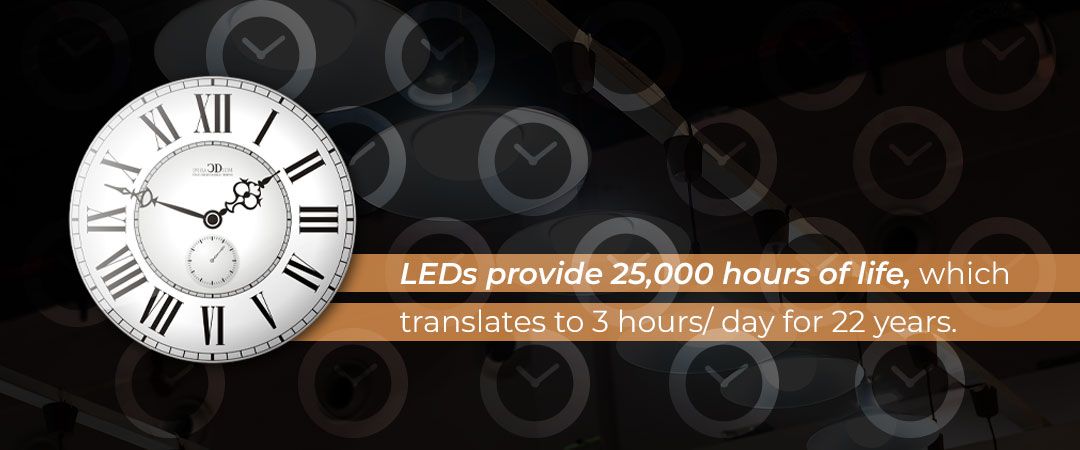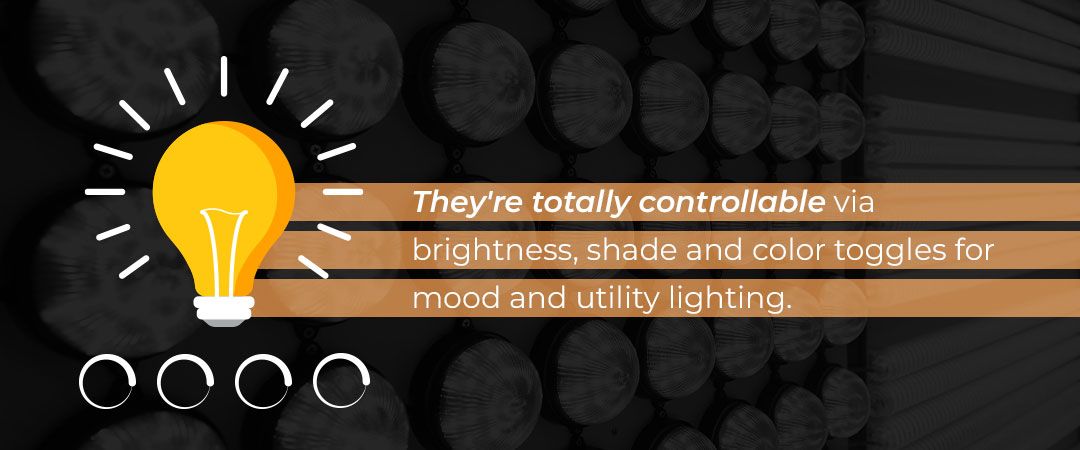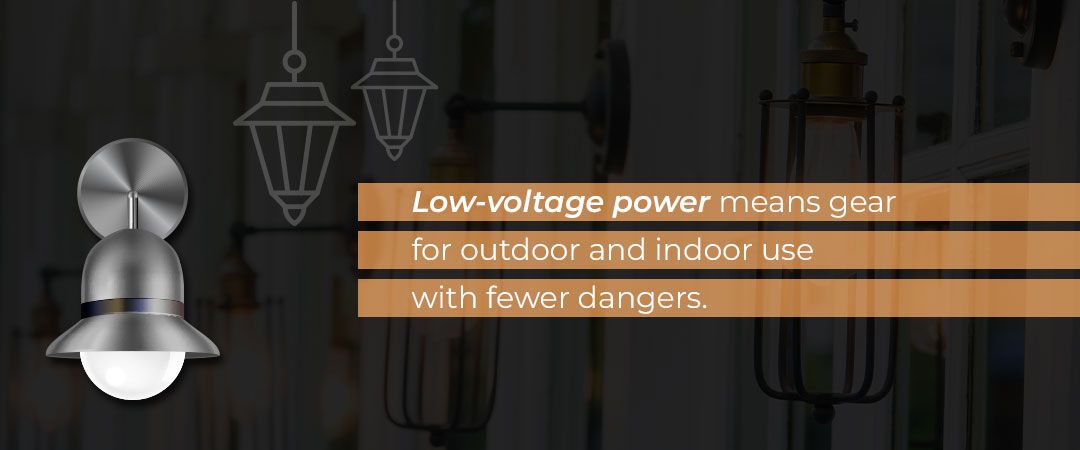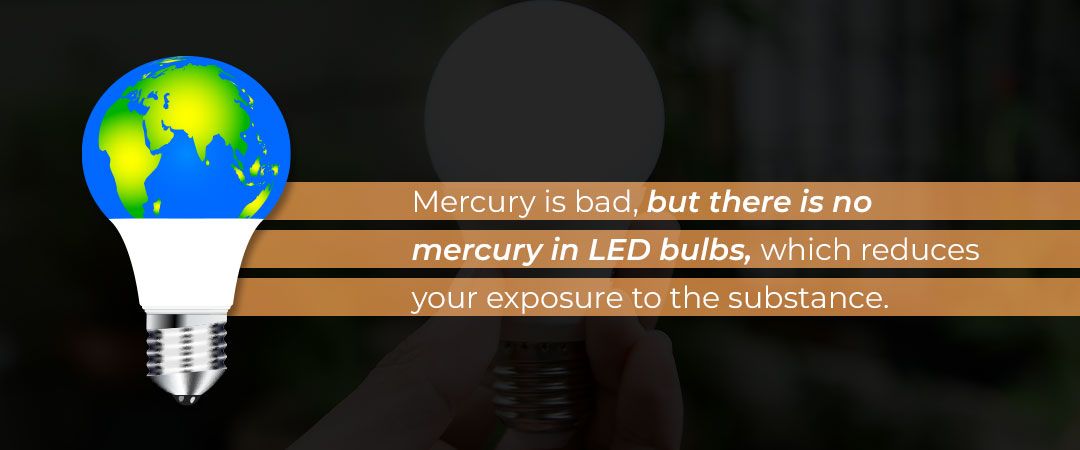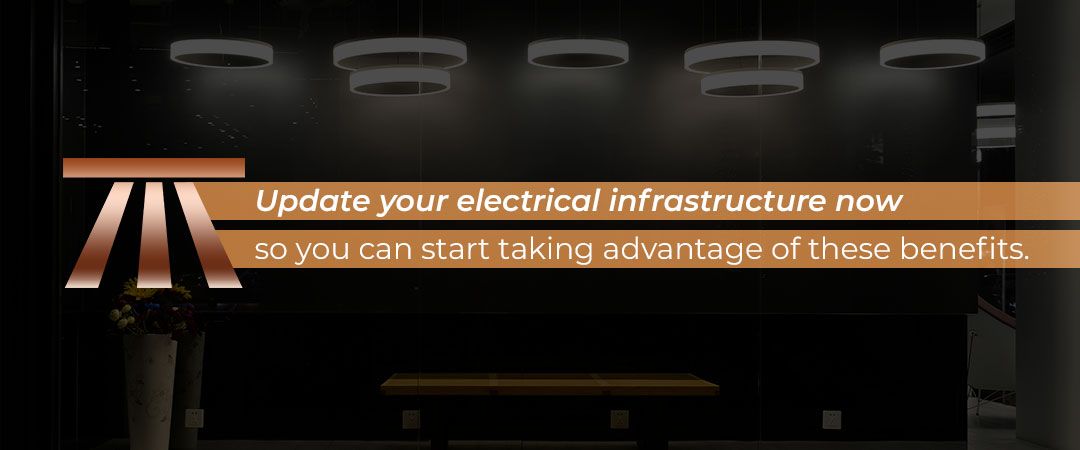You may, or may not have heard that the U.S.Energy Department just determined that stricter standards on the energy efficiency of light bulbs was unnecessary. This determination was made on the premise that these stricter guidelines on light bulbs are “not economically justified.” That might be because the move away from general service light bulbs would affect nearly 3 million bulbs in U.S. buildings around the country.

Why California Is Paying More Attention To Light Bulbs
However, this policy update is actually a reversal of a previous policy as well as an update. Stronger guidelines aren’t being put on light bulbs, but the guidelines that already exist are being loosened as well. Many consumer groups are estimating that this loosening on energy guidelines will actually cause energy costs to increase by around $14 billion per year. Additionally, all that extra energy used will generate nearly 38 million tons of carbon dioxide as well.
The Current Energy Climate
What light bulbs cause this much unnecessary energy use? Both incandescent and halogen bulbs increase yearly energy spends and utility bills and would not have met the would-be restrictions on light bulb energy use. In fact, the LED light bulbs that would be in favor instead would cost the same as regular light bulbs, only use a quarter of the energy of halogen or incandescent and save the average consumer around $25 to $50 over the course of each light bulb’s individual life span. On the low end, that’s $100 you’re saving for every four light bulbs in your house which can, obviously, add up quite quickly.
So, why preserve the Edison light bulb from 140 years ago when there’s new and better things on the market? Well, the good news is at least California has no intention of following the Energy Department’s needlessly loose guidelines.
The CEC Is Taking A Stand
The California Energy Commission, or the CEC, was in the midst of a lawsuit just last year over the controversy surrounding their stance on mandatory light bulb efficiency with the lighting industry’s various representatives. However, the court ruled in the favor of the CEC, stating that they had not operated outside the perimeter of what the federal law mandated. Their standards of light bulb are, as a result, much higher than the rest of the nation’s. They require at least a 45-lumens-per-watt energy conversion standard for all general service light fixtures. The most recent iteration of this standard covers pear shaped bulbs as well as other types of incandescent and halogen bulbs and will lead to their removal of California retail’s shelves.
What’s Being Done
California is luckily not the only one to put a value on the cost and efficiency of our light bulbs. Other states, including Colorado, Nevada, Washington and Vermont, have recently added their voices to the argument and have started pursuing standards similar to the Obama-era ones. That generally outlines that whatever bulbs are on the shelves must use 65% less energy while still delivering the same amount of light. This limits most bulbs available to the consumer to be fluorescent or LED options. Pair that with the fact that most LED light bulbs are no longer 40% more than regular light bulbs, but much nearer to the cost of halogen options, the comparison between these different means of lighting the room becomes a little easier to do.
In Comparison
While the U.S. takes steps backward on money saving measures and environmental action, the EU is taking a step forward. In fact, their ban on halogen light bulbs, those same bulbs invented 140 years ago, went into effect in 2018. The only exception to those rules includes capsules, linear and low-voltage halogen lights,which are still allowed when they’re used as oven or other appliance lighting options. The European stores, at this point, have already entirely sold out of their halogen bulbs and are going entirely green. So, this begs the question, why break from the trend and not follow suit with the rest of the countries going green and improving the average consumer’s energy consumption levels? Because of pressure from lighting industry manufacturers. Companies like GE and others still make halogen bulbs and would have to toss out a whole load of them if the entire stock was simply sold off the shelves and not replaced. Especially since it’s primarily Western countries making the transition who are likely the ones buying more light fixtures on a regular basis, and thus, more bulbs.
Why Energy Efficiency Is Better
Even if you don’t believe in climate change, energy efficiency is a good thing. Not just because it’s greener, but also because it’s measurably cheaper. In fact, solar panels are one of the most cost effective power solutions on the market as they pay themselves off within the year and actually give you the option to sell back your excess power units to the grid for profit. Not only would your utility bill drop, but in a few months, the utility company will be writing you the check. In regard to pairing these solutions with LED options, that only increases your chances to profit off your independent energy creation. And in the meantime, it’s an excuse to pay less for the same amount of light you have to use everyday.
Reach Out To Benchmark Electrical Solutions To Reinvent Your Electric
Electric infrastructures are ever-changing and ever-improving. With new control system panels that can handle bluetooth and meshing your network across an entire campus to improvements in energy efficiency, the industry is always evolving. If you want to be on the advancing side of it, you can reach out to us anytime. We’re always eager to help you bring your system up to speed and help you come up with ways to innovate and make your operation work faster and better. Schedule an initial consultation with us today.

